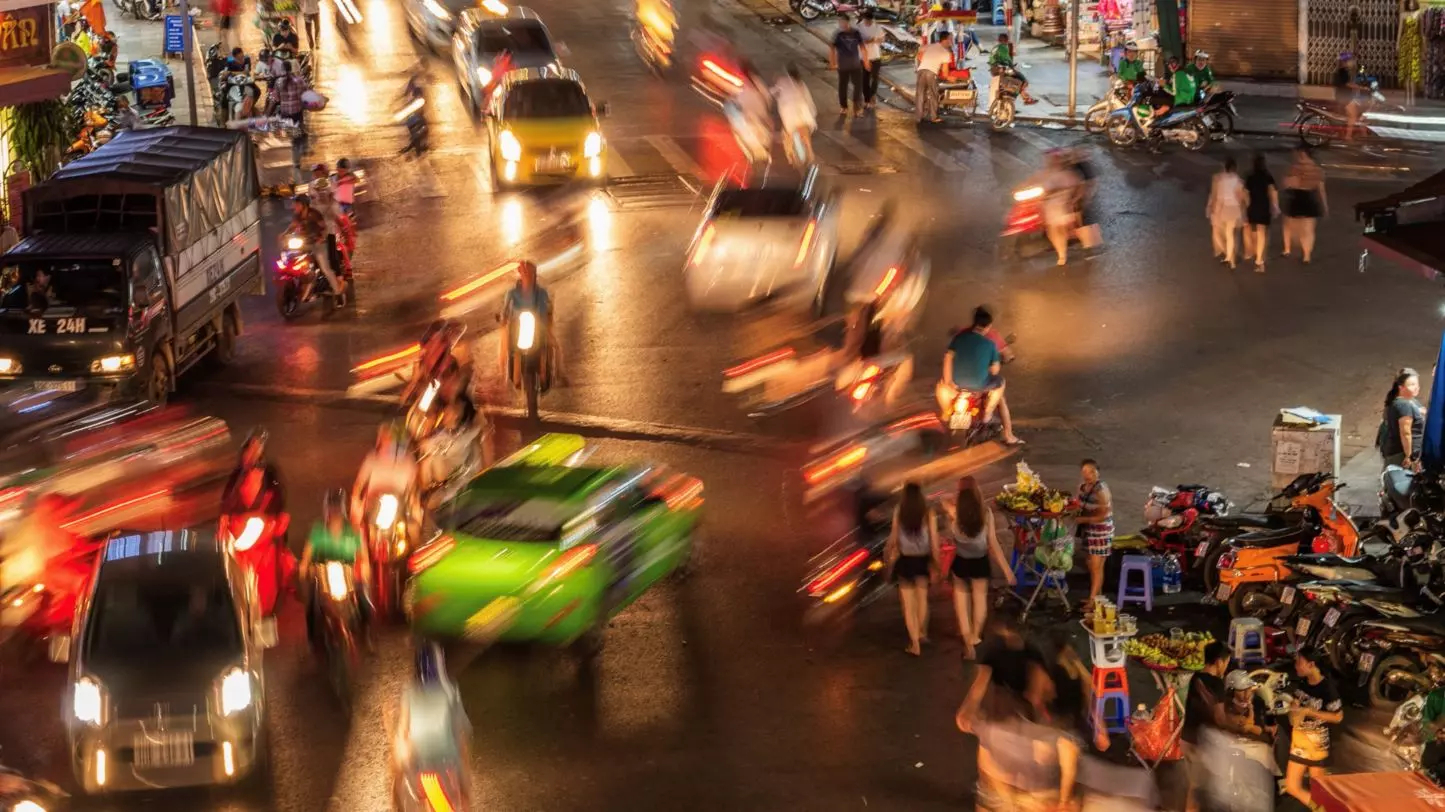The global target is ambitious, reducing the number of road accident victims worldwide by half every ten years, but the reality is quite different: in the last decade the number of deaths has fallen 'only' by 5%, although the target set by the World Health Organisation was -50%.
It goes without saying that the world travels at different speeds on this issue. While the mortality figures in Africa are worsening (+17%), 10 countries have actually met the target: Belarus, Brunei, Denmark, United Arab Emirates, Japan, Lithuania, Norway, Russia, Trinidad and Tobago and Venezuela; 35 reduced the number of deaths by 30-49%; another 52 by 10-29%. These are just some of the figures that the WHO presented in December in the Global status safety report.
So how do we ensure safe roads, accessible routes and, ultimately, a better quality of life for a rapidly growing population? Here are some examples and best practices that have been put in place by countries on the right track in terms of safety, useful to further reduce the burden of 1.19 million road fatalities worldwide (2021).
Denmark
In 2021, there were 130 road accident victims in Denmark, the lowest figure since 2010. Mobility restrictions due to the Covid-19 pandemic played a decisive role in reducing traffic and, consequently, the number of deaths, but this trend already seemed to be taking place. In 2020, there were 163 fatal cases, a figure that dropped to 154 in 2022, confirming the positive trend that began roughly ten years ago. Since 2012, the threshold of 200 victims has been exceeded only once (in 2016), unlike in the past. The result of a comprehensive strategy on several fronts: road infrastructure, vehicle safety equipment, communication and education.
- In order to reduce travel speed, dangerous or poorly visible intersections have been turned into roundabouts. In rural two-lane roads, so-called sound strips have been installed to warn users of possible hazards. Central parapets were introduced on most of the routes.
- The presence of safer vehicles on the roads, i.e. equipped with ABS, dual airbags and electronic stability control, has been increased through purchase incentives.
- It was decided to devote ample space to the reporting of road accidents, reporting not only the dynamics of the events but also the initiatives taken in this regard, in the newspapers but above all on television.
- Road safety education has been made compulsory in schools, with a focus on the behaviour of children in cars and on bicycles, with the direct involvement of parents.
Japan
In the Japanese archipelago, road-related deaths decreased by 38.9 per cent in the decade from 2012 to 2022. This reduction was possible thanks to targeted and complementary interventions on infrastructure, soft mobility, traffic laws, police authorities, technology and training.
- Roads were made safer through the construction of new pavements, the introduction of a more effective lighting system, and the development of new motorways and arterial roads.
- The most dangerous road points have been carefully mapped and marked. Particular attention has been paid to people travelling by bicycle: bicycle-only spaces and dedicated lanes have been created.
- The highway code was revised, and penalties for dangerous driving and inappropriate behaviour were increased. Those who drive too close to the vehicle in front, honk without reason or obstruct the carriageway are subject to severe penalties, including the revocation of their licence.
- In order to better analyse road accidents, the National Police Agency adopted a detection system based on geographic information technology, capable of viewing data near the relevant image of the road concerned.
- Through the associations dedicated to senior citizens, this segment of the population, especially those who do not drive, has been invited to attend road safety training courses.
- Drivers aged 75 years or older who have committed certain traffic violations are required to undergo an occasional cognitive test when renewing their driving licence.
- A new type of driving licence has been introduced for driving semi-medium-sized trucks.
Vietnam
An extensive action plan, at the level of institutions, education, infrastructure, technology and traffic laws, has made it possible to reduce the number of road fatalities by 'approximately 40 per cent in the last 10 years' in Vietnam, according to the WHO data presentation.
- A directive strengthened the National Traffic Safety Committee, which brings together 22 government members, including the premier, and 63 governors or councillors from each province every three months. Based on the data, everyone is held accountable for safety results, good practices are shared and future measures to limit accidents are declared.
- Every year, helmets are distributed to the 2 million pupils starting school, as road safety education, in a country that still has weak child safety laws according to the WHO.
- The only highway through the country was upgraded to widen and separate the carriageways with a physical barrier, saving '1,500 lives' in one year, says Khuất Việt Hùng, director of the Committee.
- Inland waterways and railways were strengthened to reduce trucks on the road.
- Every lorry, bus and taxi is equipped with a GPS that alerts the traffic authority to offenders: transport companies that commit too many offences have their certificates revoked.
- The country has adopted a 'zero-tolerance' law on drink driving. “Before this standard, there were 668 road fatalities in one year in the largest hospital in Vietnam. After its approval, road fatalities became 224,” says Hùng.
